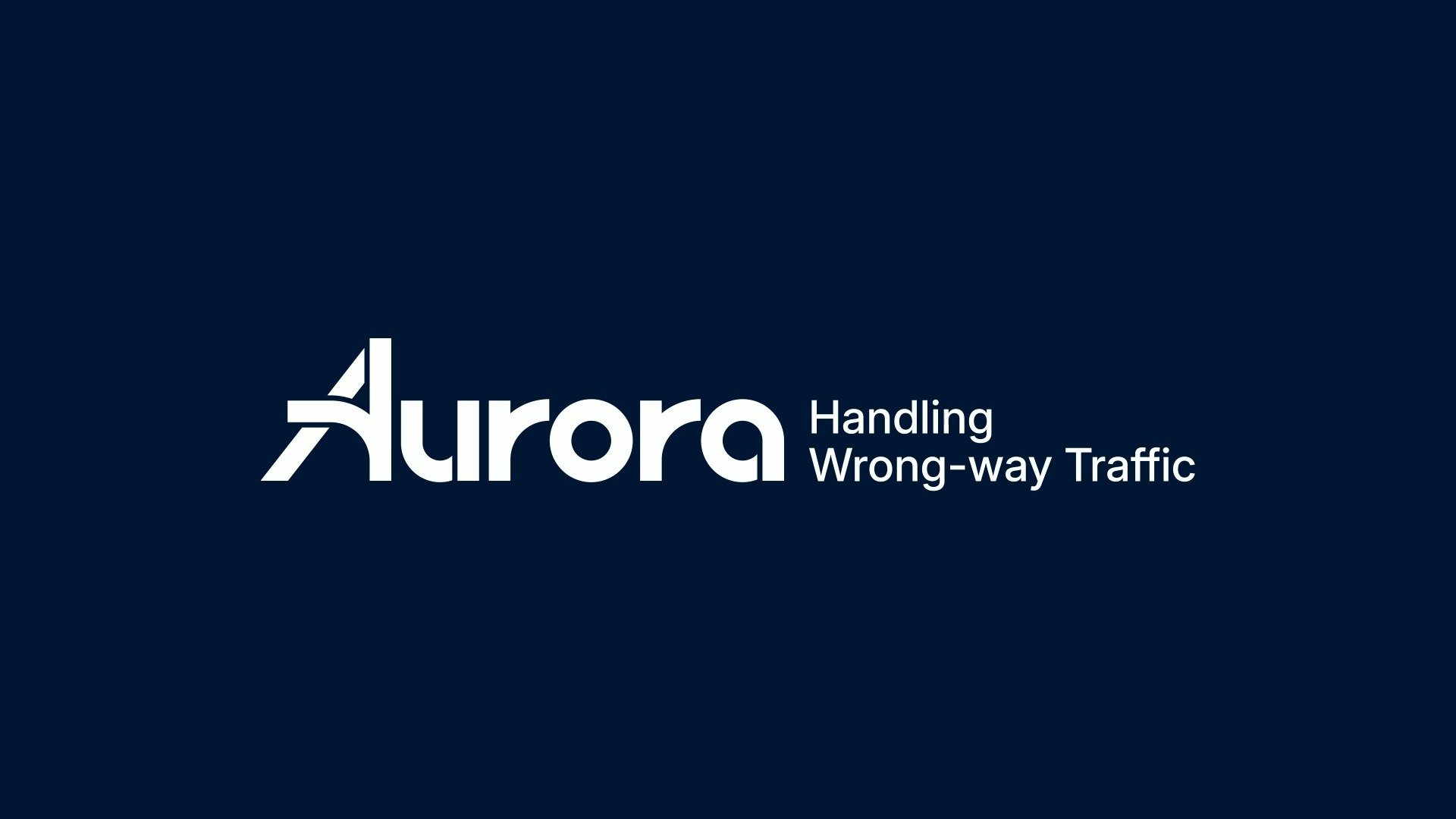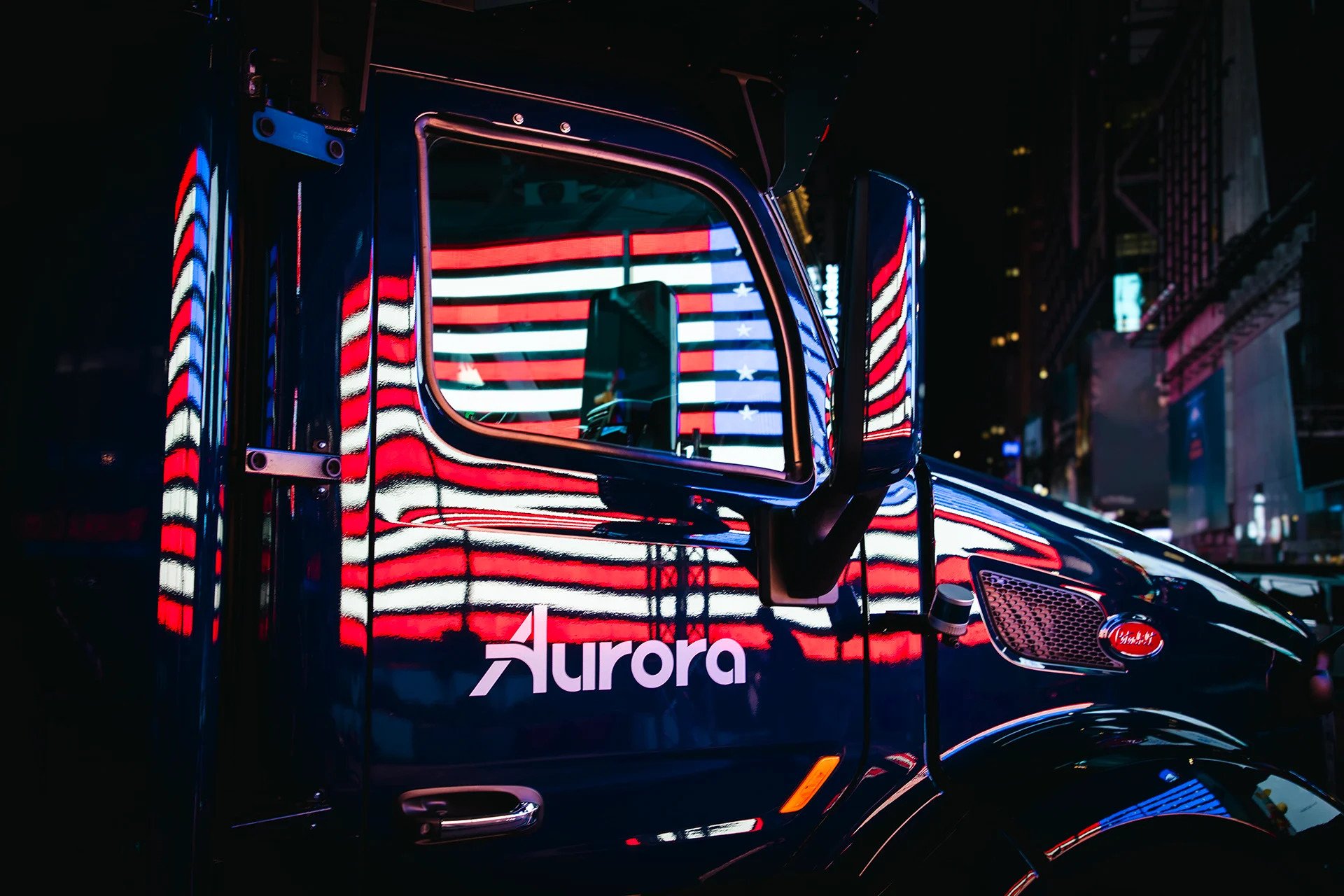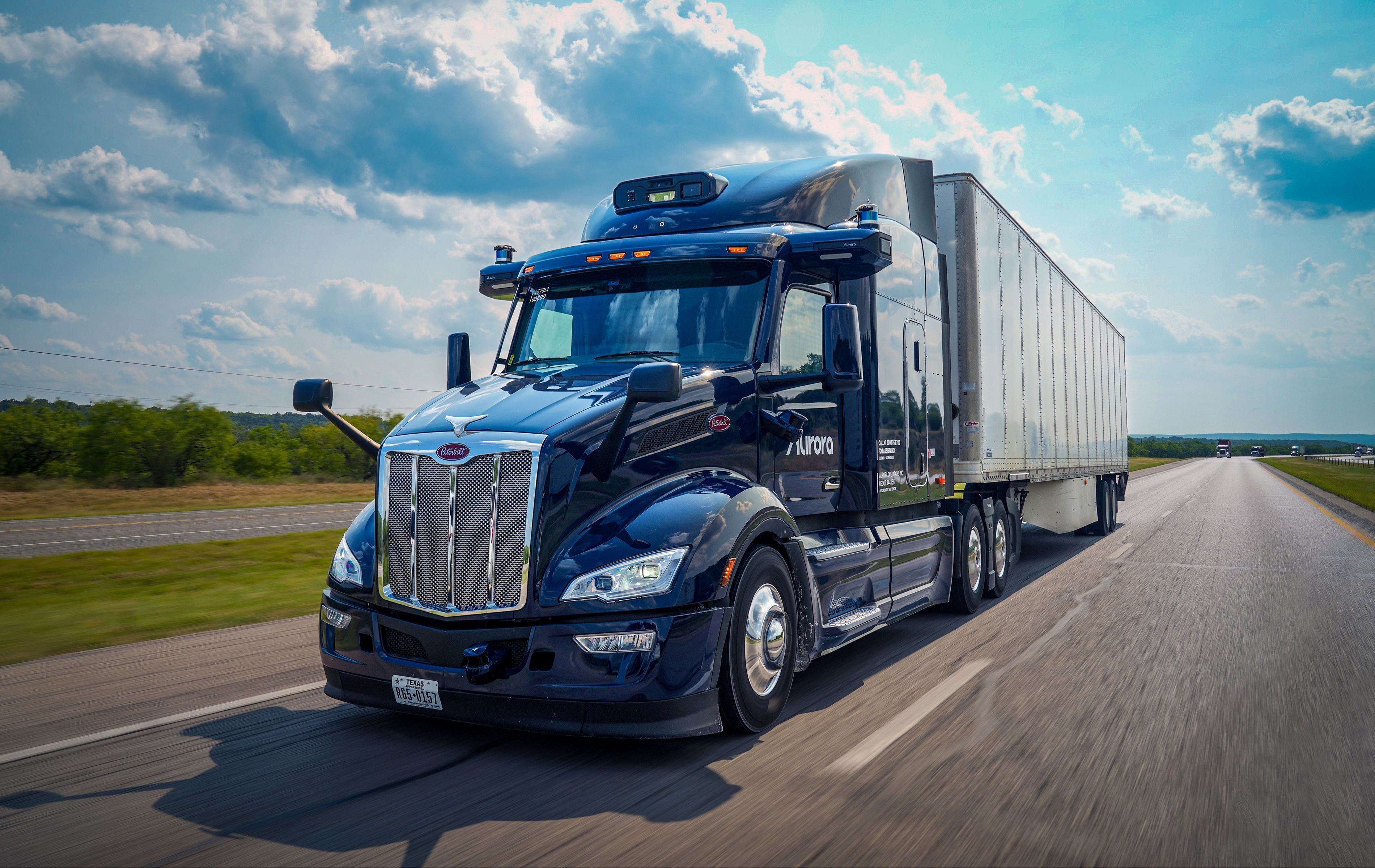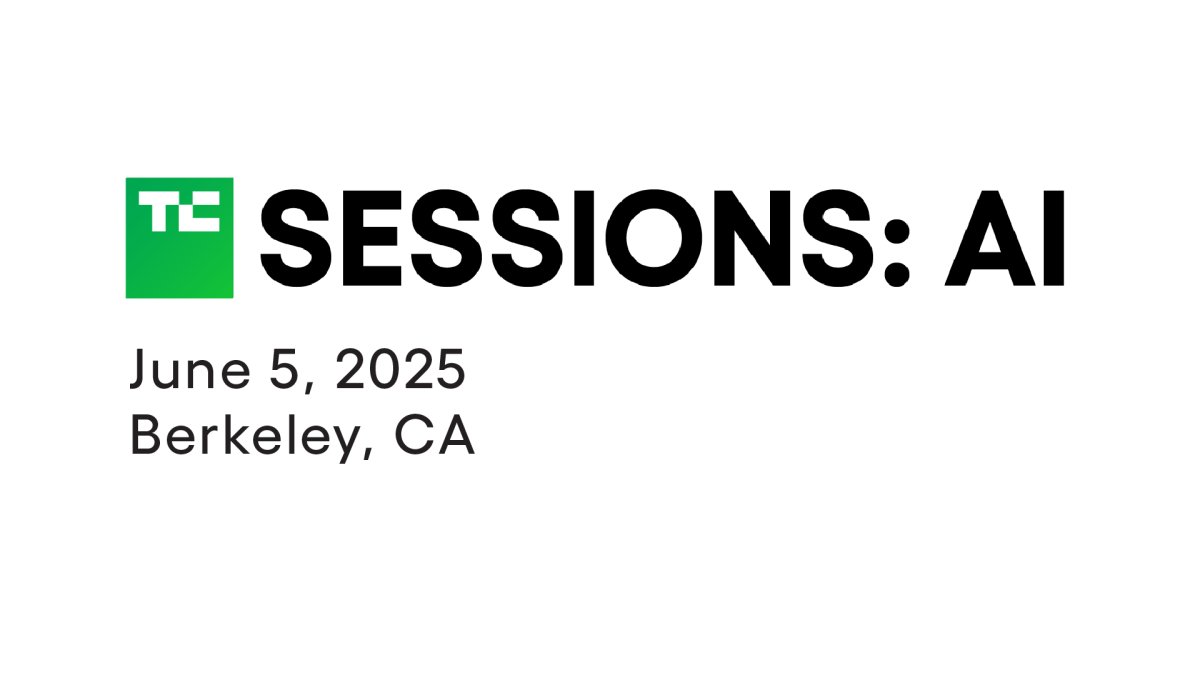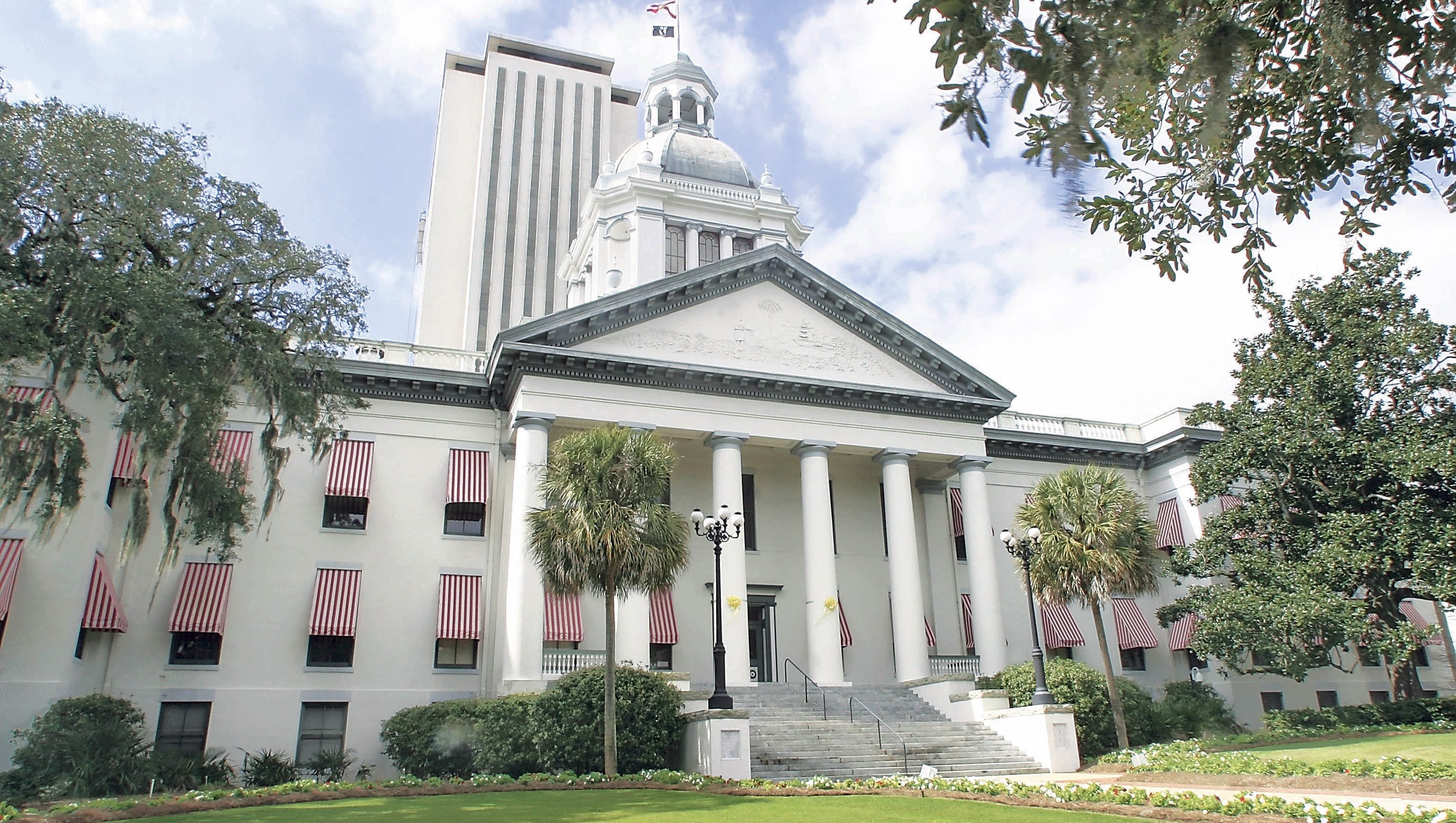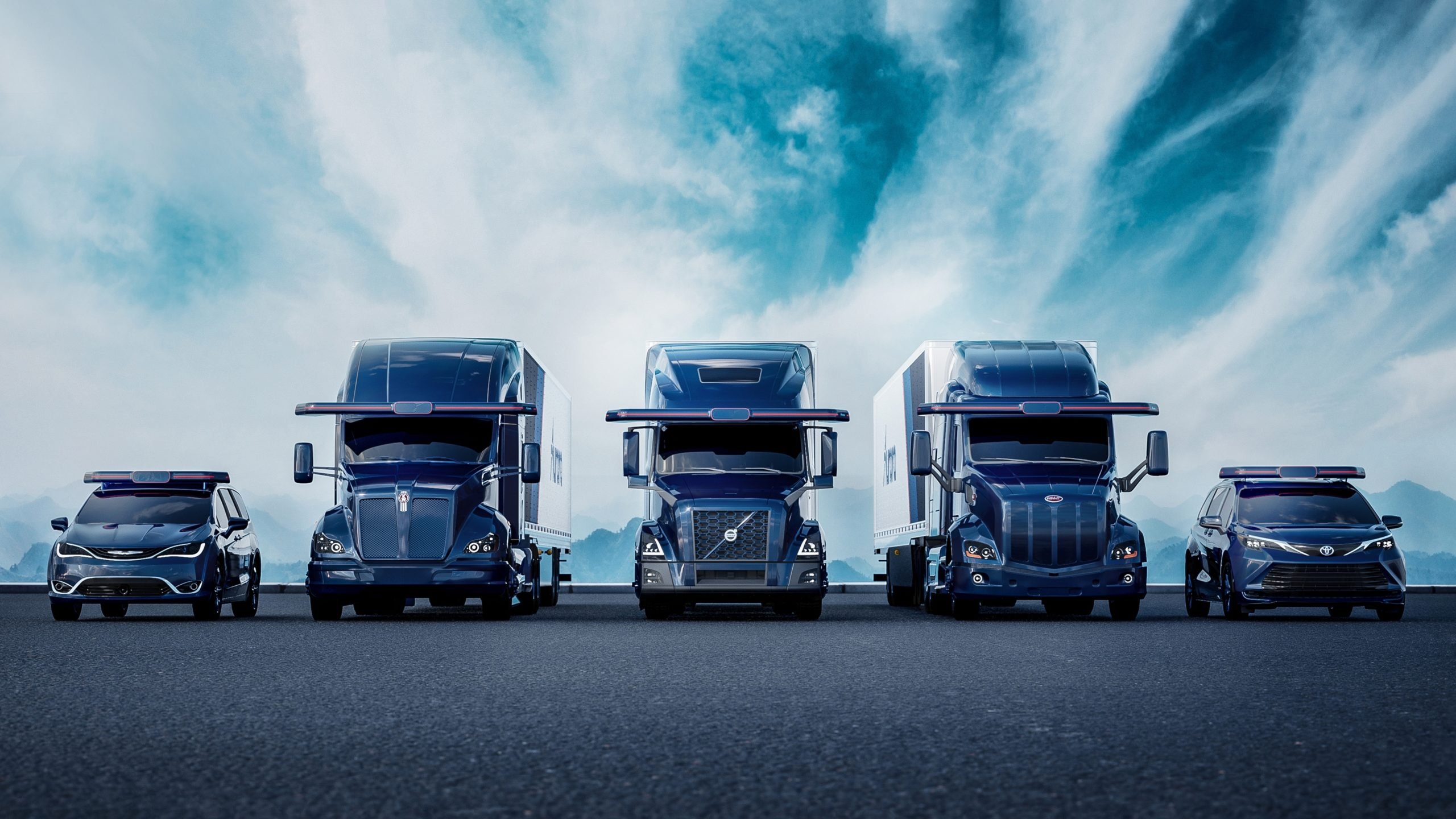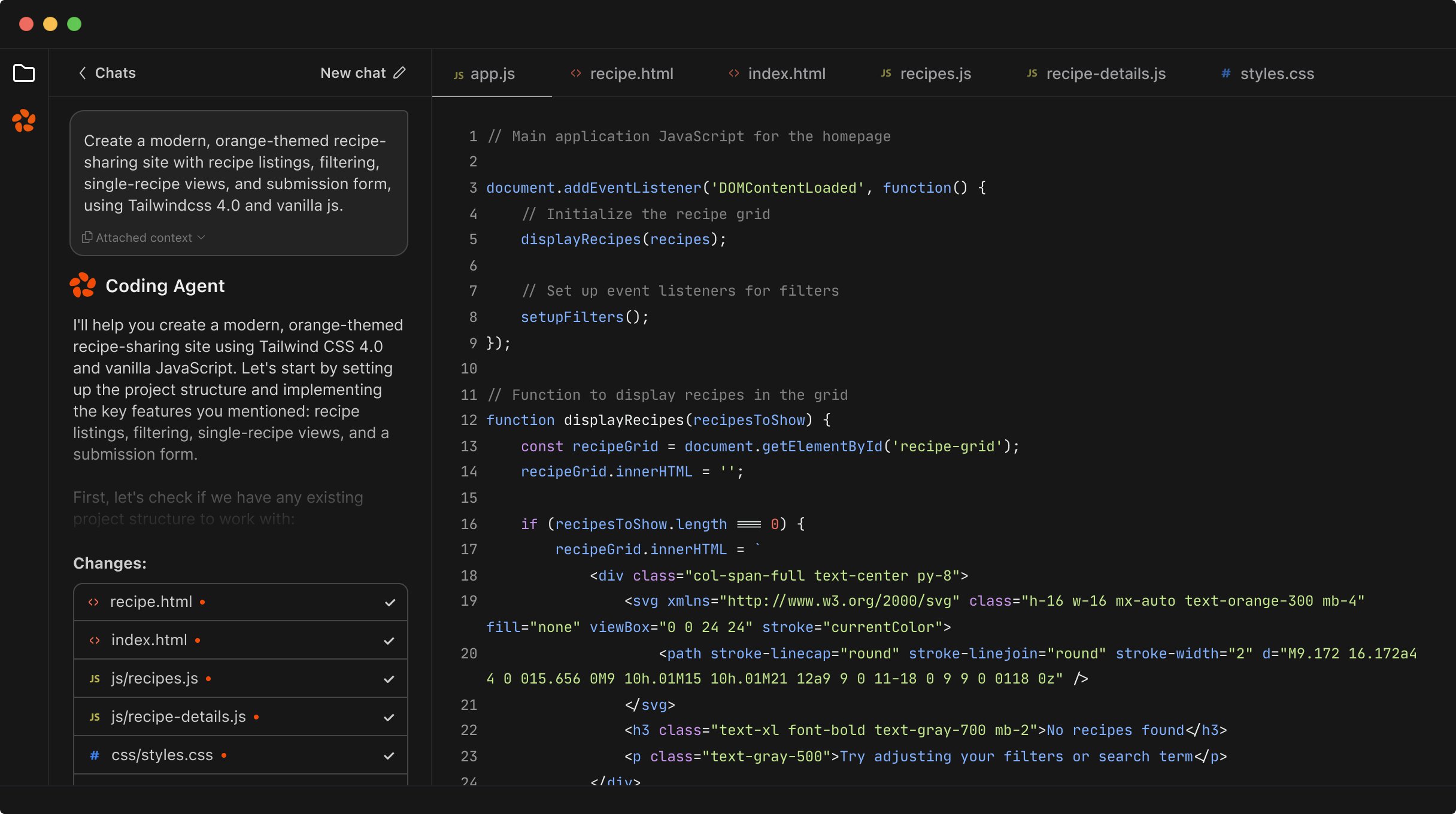Aurora Innovation announced in May 2025 that its driverless trucking fleet will begin operations at night and in adverse weather, signaling a leap forward for autonomous freight delivery in the U.S. The company’s expansion plans include new routes beyond Dallas and Houston, stretching operations into El Paso and Phoenix later this year. Aurora’s rollout follows a series of successful commercial launches in Texas and comes as the company scales up to meet market demand and face competition in the autonomous transportation space. This new phase builds on thousands of miles already covered by their self-driving trucks and positions Aurora at the forefront of next-generation logistics in North America.
As of the second half of 2025, Aurora’s fleet will be operating during nighttime hours and in varying weather conditions without a human driver onboard, after rigorous pilot runs with human safety operators. The company’s advances could reshape the trucking industry’s approach to safety, labor, and efficiency, especially as a growing number of companies seek higher uptime and nationwide reach for freight solutions. With significant financial backing and partnerships, Aurora’s strategy points toward increased route coverage and the move toward a driver-as-a-service business model by the end of the decade.
Night Driving Added to Driverless Truck Operations
Aurora’s next big step is the addition of night driving and running trucks in adverse conditions such as rain and heavy wind. This update was detailed in the company’s Q1 2025 shareholder letter, which underlined its confidence in the performance and reliability of its autonomous systems. According to Aurora, their self-driving tech has already been tested extensively with human safety operators during night hours, but now the company is ready to make fully driverless operations standard at any time of day or night.
This change is significant for the transportation industry. Traditionally, truck drivers must comply with regulated hours of service, which limits driving at night. With autonomous trucks operating around the clock, logistics companies can maximize their vehicle utilization and improve delivery schedules. Aurora’s CEO pointed out that the company’s decision to allow night and bad-weather operations follows successful on-road testing and thorough validation of its sensor suite, decision-making algorithms, and safety protocols.
The introduction of night driving is set to start in the second half of 2025, which should place Aurora ahead of several competitors in the race for 24/7 autonomous truck services. Some of the anticipated benefits include increased safety from fewer human errors and a better match between freight delivery and customer demand.
Nighttime operation not only increases logistics flexibility, but also addresses key headaches for shippers keen on overnight and expedited deliveries. This update also creates opportunities to relieve the persistent driver shortage facing the trucking industry nationwide, allowing more freight to move efficiently and with fewer delays.
Ultimately, this shift gives Aurora’s partners and customers access to a new level of service, where trucks keep running even after drivers and most competitors call it a day. It is set to be a game changer for long-haul logistics in Texas and beyond.
Expansion to Houston, El Paso, and Phoenix
Aurora is broadening its autonomous trucking network from Dallas and Houston to encompass new trade corridors heading west, including El Paso and Phoenix. These routes are critical for freight and commercial transportation, linking Texas’ economic hubs to the Southwest and tapping into busy cross-border traffic as well as major logistics corridors.
This expansion comes after a series of successful test runs and pilot freight deliveries between Dallas and Houston. Aurora’s update to investors highlighted that these additional routes have been under study for several months, and infrastructural and technological review has already begun on targeted new lanes. The move will help Aurora establish a wider footprint across a region known for challenging weather, long hauls, and high-volume trucking demand.
El Paso’s role as an entry point for cross-border commerce with Mexico is especially significant. By running driverless trucks between Texas cities and on to Phoenix, Aurora will directly address high-volume lanes used for shipments ranging from consumer goods to industrial components. In the process, the company will gain insights into how driverless systems handle new terrains, desert stretches, and sudden changes in weather and lighting.
This rollout into new states and cities is also motivated by Aurora’s partnership with logistics providers eager for scalable autonomous solutions. The company expects to apply the lessons from their early Texas pilot to expanding service in Arizona, where state regulations and weather conditions pose new, but manageable, challenges.
Aurora’s plan to operate across these routes by the end of 2025 puts it among the few autonomous truck developers with the capacity for true multi-state corridor coverage, raising the bar for the sector as a whole.
Progress Since Commercial Launch
Aurora’s first commercial, fully driverless freight runs began in Texas, with the first deliveries arriving for customers in early 2025. In the weeks following the official launch, Aurora doubled its number of driverless trucks operating daily, with plans for continued rapid growth as the year progressed.
By the announcement, Aurora trucks had logged over 4,000 miles with zero drivers onboard, making it one of the most significant real-world deployments in the autonomous freight industry to date. These milestones were shared publicly and serve as proof to stakeholders that the technology is ready for broader use.
Early customers, including Hirschbach Motor Lines and Uber Freight, have been among the first to benefit from Aurora’s hands-off operations, using the service for live freight runs on critical Texas highways. Aurora’s team continues to carefully monitor and document every mile, enabling ongoing improvement of their systems as new challenges arise.
The immediate scaling up from single truck runs to two trucks daily, with an expectation of “tens of trucks” in daily use by the end of 2025, underscores a deliberate but ambitious rollout plan. Aurora says it is focused on quality over speed, ensuring every new deployment is safe, effective, and reliable for commercial partners.
This measured approach demonstrates a strong commitment to gradual scaling, minimizing risk while continuing to push forward on deployment goals set in late 2024 and early 2025.
Key Partnerships with Hirschbach Motor Lines and Uber Freight
Hirschbach Motor Lines and Uber Freight are Aurora’s key partners in commercializing self-driving truck technology. Both have longstanding reputations in logistics and transportation innovation, making them ideal collaborators for real-world deployment of autonomous solutions.
These companies provide essential support beyond simple freight contracts. Hirschbach has contributed both pilot projects and crucial operational feedback, while Uber Freight offers a vast digital network for scaling and matching delivery demand. This access to large volume lanes and big shippers accelerates Aurora’s ability to test, refine, and ultimately commercialize its platform.
Both partnerships were instrumental to Aurora’s early success in Texas. They provided live routes, real cargo, and a wealth of safety and reliability data that would have taken years to gather in isolated testing environments. Pilots with Hirschbach gave Aurora practical exposure to fleet operations and driver handoffs, while Uber Freight’s digital tools enabled streamlined load booking and route planning.
This synergy is expected to continue as Aurora scales up, with both partners helping the company unlock new lanes and broaden its customer reach. By relying on established logistics players for launch, Aurora is able to focus fully on technological excellence while benefiting from trusted partners’ operational experience.
It’s a strategic move for Aurora, as both logistics giants offer deep insight into shippers’ priorities and supply chain pain points, positioning the startup for success as autonomous adoption grows.
Route Mileage Milestones and Operational Safety
Since launching commercially, Aurora has surpassed 4,000 fully autonomous miles without a safety operator sitting behind the wheel. These early runs were conducted on Texas’ busiest highways, which are notorious for sudden lane closures, variable weather, and unexpectedly high traffic volumes.
To reach these mileage milestones, Aurora’s trucks underwent thousands of hours of simulation, additional shadow testing with backup drivers, and rigorous on-road safety trials. Each mile was carefully logged and reviewed, with safety results shared with regulators, partners, and the public to build trust and transparency in the technology.
These commercial runs have not just focused on distance, but on the quality of the data collected and the variety of scenarios covered. Nighttime routes, inclement weather trips, and complex highway merges were all intentionally built into early deployments to challenge the system’s resilience and safety protocols.
Operational safety remains a top priority for Aurora, with redundancy in sensors, contingency plans for unpredictable events, and remote monitoring by dedicated operations teams. Aurora’s ability to maintain a perfect record in its early miles is a critical selling point as the company pitches its solution to larger fleets and national carriers.
Growth Plans for Driverless Fleet in 2025
After a cautious commercial launch, Aurora aims to ramp up quickly. The company’s public target is to operate “tens of trucks” autonomously by the end of 2025 on its growing Texas and Arizona routes. This would mark a significant transition from pilot runs to regular, scalable commercial activity.
This scale-up is informed by lessons learned during the first several months of commercial operations. Aurora has been investing heavily in logistics infrastructure, truck maintenance facilities, and operational staff along key corridors. Those investments are designed to ensure smooth handoffs, rapid deployment, and exceptional uptime for trucks with no drivers onboard.
Also Read
Square Enix Symbiogenesis Expands on Sony Soneium Blockchain
The scale target is closely tied to ongoing partnerships and customer demand. Aurora plans to continue refining its systems iteratively, increasing its presence only as its trucks repeatedly demonstrate best-in-class safety and reliability under live operating conditions.
This phased, data-driven approach has won over skeptical industry observers, who point to early missteps by other self-driving firms that pushed expansion too quickly. Aurora’s own projections show a steady, sustainable curve rather than a “big bang” shift, with clear milestones tied to operational performance and safety validation.
If Aurora continues to hit its deployment and technology targets, the company could emerge as one of the first to offer true 24/7, at-scale autonomous trucking for U.S. shippers, making it a force to watch in the logistics world.
Leadership Changes and Executive Updates
Aurora’s growth in 2025 coincides with major shifts in its leadership team. Chief Product Officer and co-founder Sterling Anderson has stepped down, a move seen by many as a sign of transition as the company shifts from R&D to commercial operations.
Also Read
Last Chance to Exhibit at TechCrunch AI Sessions at Berkeley
This executive departure was announced in the company’s first quarter shareholder letter, and was widely discussed in industry circles. While leadership changes are common as startups mature, Anderson’s departure comes at a delicate moment, with Aurora under more scrutiny and pressure to deliver commercially viable results and smooth scaling of operations.
The rest of Aurora’s executive bench remains stable, with CEO Chris Urmson and CFO Dave Maday continuing to oversee daily operations, product development, and business strategy. Publicly, the company has emphasized that its core vision and product roadmap have not changed, and that the resignation is part of a broader evolution toward commercial independence and focused execution.
Industry observers note that Anderson’s exit reflects the changing needs of the company, with new skill sets required for regulatory, customer, and partner relations as Aurora pivots from development to deployment. The company has not yet named a replacement, instead focusing on strategic hires to support the next stage of its growth.
Financial Performance in Early 2025
Aurora’s financial health remains closely watched as the company continues to invest heavily in its commercial and technical rollout. In Q1 2025, Aurora reported $211 million in operating expenses, with $153 million allocated to research and development. The company’s capital expenditures stood at $8 million for the quarter, reflecting ongoing investment in its trucking and logistics platform.
Also Read
Florida Encryption Backdoor Bill for Social Media Fails to Pass
Despite high outlays, Aurora finished the period with nearly $1.2 billion in cash and short-term investments, underscoring strong fundraising and prudent cash management. Operating cash used during the quarter was reported as $142 million, a figure that is expected to increase as expansion accelerates in the latter half of the year.
Revenue remains modest, but is building steadily. Aurora realized $871,000 in pilot revenue from “drivered” (safety operator present) commercial freight runs, representing an increase of 22% from the prior quarter and 54% year-over-year. These figures are still small by industry standards, reflecting the nascent stage of commercial autonomous trucking businesses.
The company expects operating expenses to remain in the $175 – 185 million per quarter range for the remainder of 2025, with revenue recognized from both pilot and fully driverless operations. According to CFO Dave Maday on an earnings call, annual revenue is projected to reach “mid single digit millions” for full-year 2025, building sequentially as more trucks and routes come online.
Aurora’s financial plan relies on careful, sustainable scaling and has been built to maintain strong liquidity while proving its model and growing its commercial footprint.
Also Read
Apple’s New Chips Target Smart Glasses, Macs, and AI Hardware
Revenue Recognition and Business Model Strategy
After years of R&D, Aurora is now positioned to recognize driverless revenue alongside pilot revenue. Commercial launch means income streams are shifting from experimental or subsidized pilots to formal customer contracts for hands-off freight delivery. This transition was confirmed during the Q1 2025 financial update and marks a significant turning point for the business.
Aurora’s revenue recognition strategy is highly deliberate. The company only recognizes driverless freight revenue when trucks are fully operating without a human operator, to maintain transparency and build trust with investors and customers alike. This is expected to form an increasing share of Aurora’s top line as expansion progresses through 2025 and beyond.
In the short term, Aurora plans to own and operate its own driverless trucks, handling everything from maintenance to insurance, and making capacity available via the Uber Freight network. This approach simplifies early customer onboarding and ensures a high level of safety oversight and brand control as the company builds market share.
Once the platform matures, Aurora expects to pursue a “driver-as-a-service” or DaaS model, similar to cloud computing. At that point, customers will be able to purchase self-driving trucks from manufacturers, with Aurora providing software, services, and platform support at scale. This model is expected to yield higher margins and more predictable, recurring revenue, positioning the company for long-term growth and profitability.
Also Read
Widespread Timeline Issues Hit X as Users Report Outages
For now, Aurora’s careful, incremental model aims to demonstrate real commercial value while keeping risk in check.
Collaboration with Paccar and Volvo for Autonomous Truck Production
To scale production of autonomous trucks, Aurora has formed crucial partnerships with Paccar and Volvo Trucks, two of the world’s leading commercial vehicle manufacturers. These joint efforts are designed to bring fully integrated, self-driving trucks to market at scale as early as 2027.
Paccar and Volvo each contribute decades of engineering expertise, supply chain strength, and brand trust. For Aurora, collaborating with OEMs is essential – it allows the company to focus on autonomy software and systems integration, rather than building and servicing vehicles from scratch.
The integration with established truck makers also has major implications for regulatory acceptance and broad customer adoption, since both Paccar and Volvo already meet tough U.S. safety and quality standards. Once at scale, these partnerships will enable Aurora’s technology to be installed directly at the factory, speeding up delivery to fleet customers and lowering long-term operating costs.
Also Read
Zen Agents by Zencoder: Team-Based AI Tools Transform Software Development
By working together, the three companies hope to streamline the rollout of trucks that are safer, more efficient, and designed from the ground up for full automation, rather than retrofitting existing fleets.
Future Driver-As-A-Service Model
Looking out a few years, Aurora intends to transition from owning and operating its own trucks to a full driver-as-a-service (DaaS) business model. Under this system, trucking customers can buy Aurora-equipped trucks from their usual dealer (Paccar or Volvo) starting as early as 2027, then subscribe to Aurora’s software and freight platform for support.
This model offers clear benefits: it reduces capital requirements for Aurora, produces higher gross margins, and lets carriers of all sizes directly adopt the technology. Instead of building and maintaining huge fleets, Aurora will focus on the core value proposition – turnkey autonomy – while leveraging its manufacturing partners’ vast distribution and service networks.
The company’s plans for DaaS have been welcomed by logistics operators and investors who see this as the most sustainable route to mass-market adoption. By letting each partner specialize, the path is paved for faster product roadmaps and lower costs. Aurora’s executives expect the DaaS model to drive recurring revenue, stabilize cash flow, and open up new growth markets as regulations evolve and other states welcome commercial autonomous trucking.
Ultimately, the shift to driver-as-a-service could become a blueprint for others in the autonomous vehicle sector – and for the broader logistics industry as next-generation, tech-enabled fleets go mainstream.
